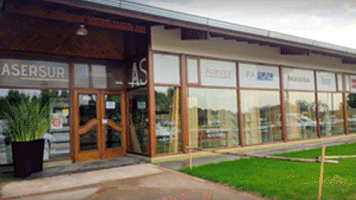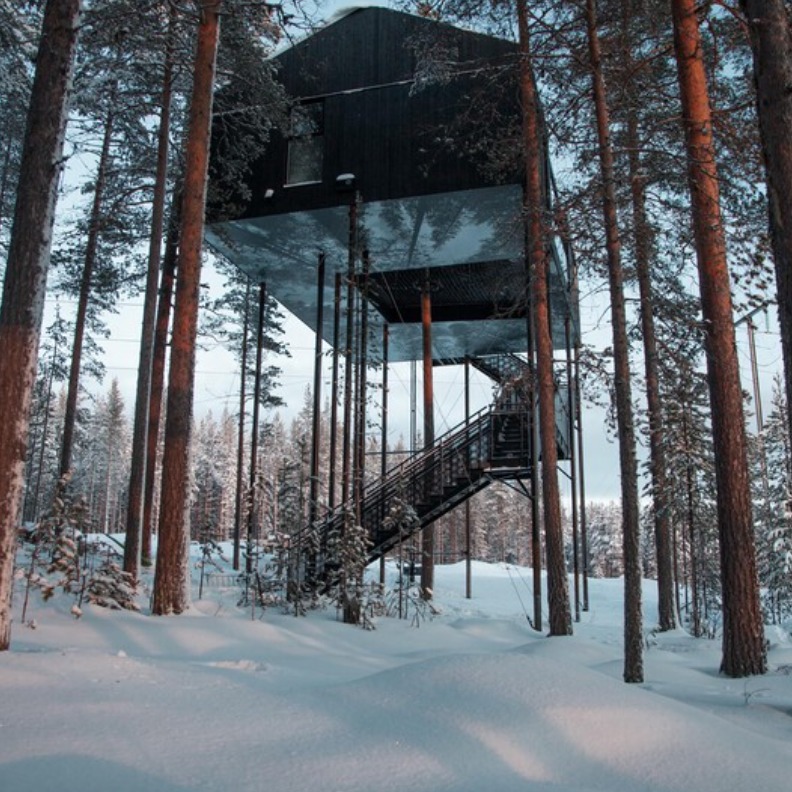
Build between branches: a sample of contemporary architecture of houses in the trees
Despite their capricious appearance, houses in the trees offer a unique platform for structural innovations and design explorations.
In fact, houses in traditional trees depend on the trunks of the trees for structural support, but, to relieve the load supported by the tree, contemporary projects often introduce complementary systems such as piles seeking to maintain their image while offering additional support. One of the main advantages of raising them in this way is the reduction of the environmental footprint. Houses on trees can be designed to leave the soil of the intact forest, preserving small -scale ecosystems. By releasing the ground below, they minimize native flora and fauna interruptions, allowing nature to prosper without being disturbed. Similarly, many architecture professionals use local topography to create fluid connections, incorporating ramps, stairs or bridges that are integrated with the landscape. These solutions not only improve accessibility, but also enrich the general experience creating an architectural walk that extends between the house in the tree and its surroundings. This sensitivity to the environment is reflected not only in structural design, but also in the careful selection of materials. The use of natural materials such as wood, also helps the structure merge with its environment. Some designers have gone further using alternative materials such as mirror panels to reflect the surrounding forest and completely hide the presence of the house in the tree, demonstrating that the choice of material can contribute to creating a project that feels like an extension of its environment instead of an imposition on it. This collection highlights notable examples from Sweden, Denmark, Indonesia and France, showing its various approaches.
IT MAY INTEREST YOU
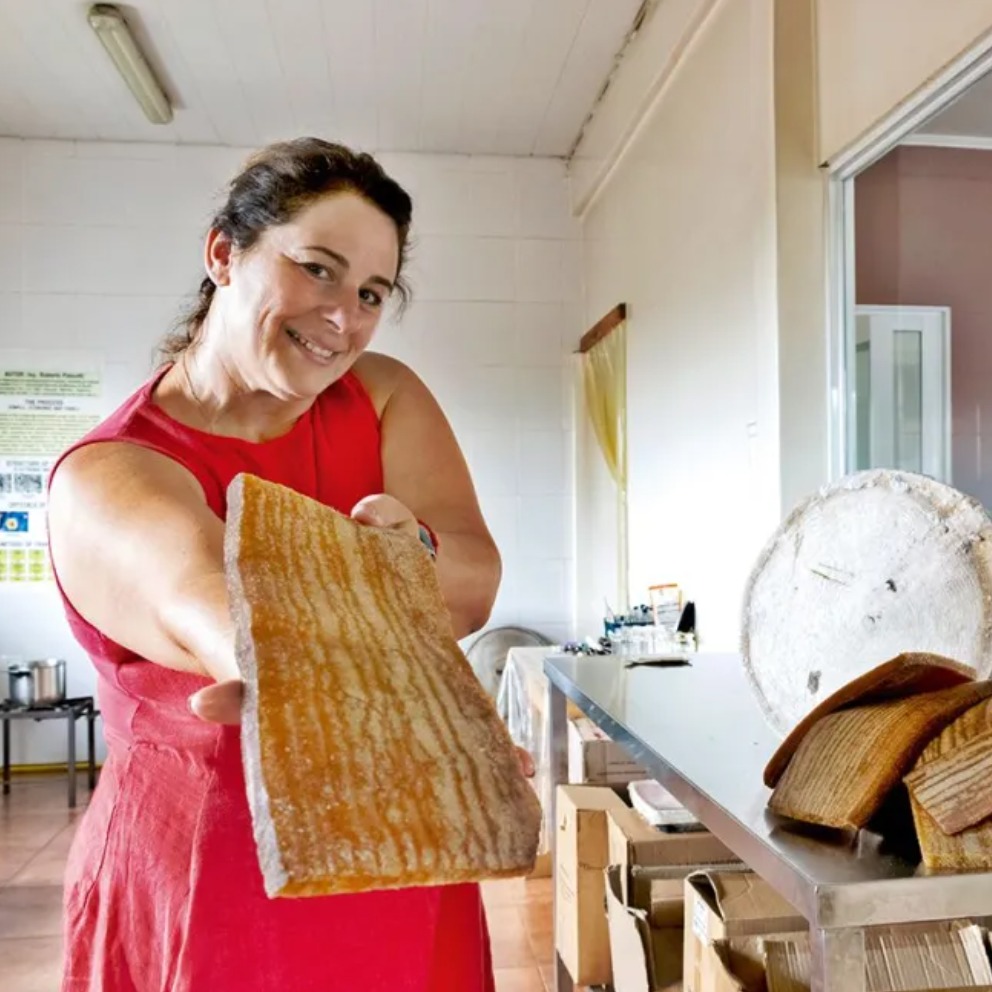 Edible wood, star of missionary gastronomy
Edible wood, star of missionary gastronomy
From the Yacaratiá tree, an Eldoradense entrepreneurship is dedicated to transforming the holders. Jams, alfajores, drinks and sauces are made. It is even used to make milanesas and meatballs
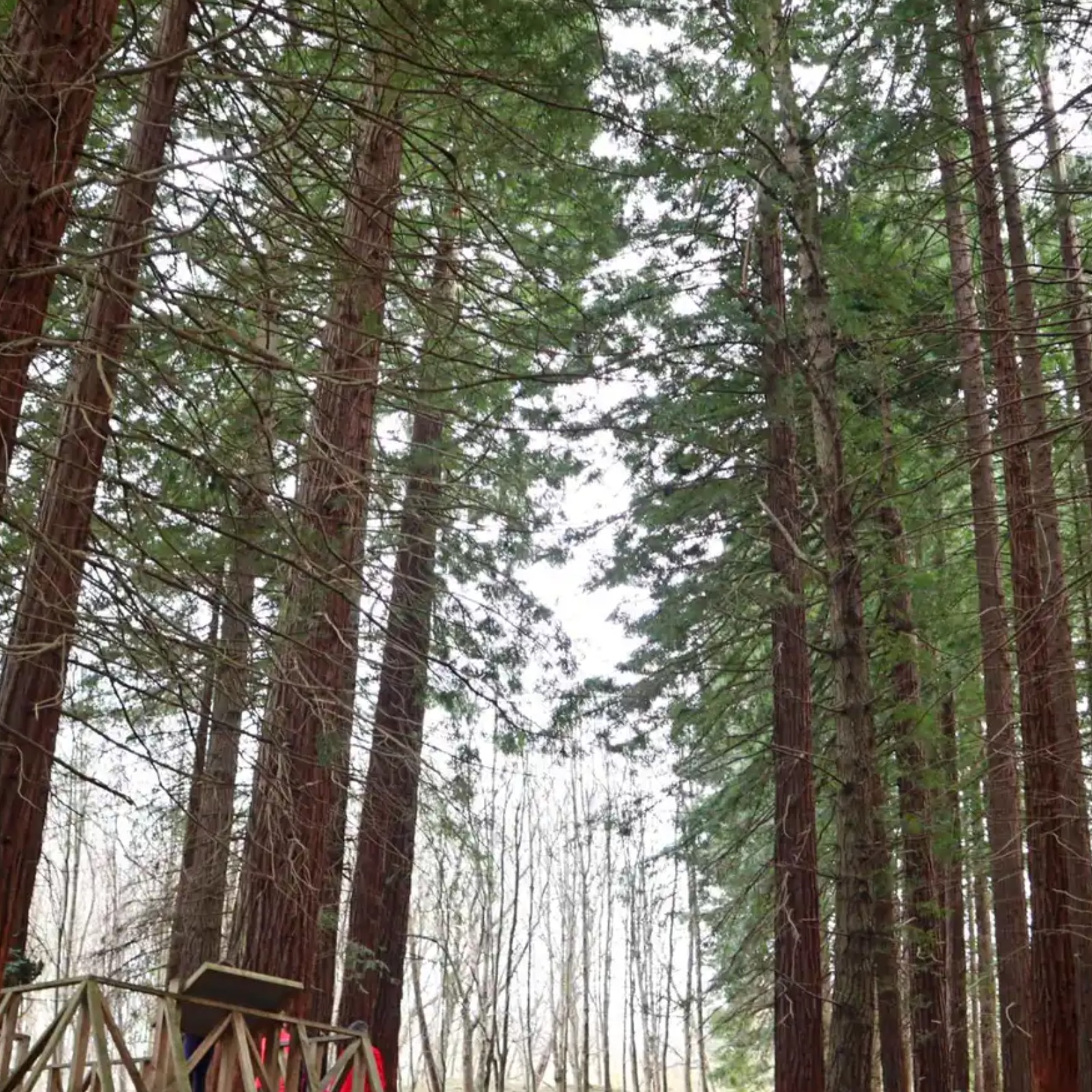 The magical forest with the highest trees in the world is in Cantabria
The magical forest with the highest trees in the world is in Cantabria
The Sectuoyas Park of Cabezón de la Sal has 850 trees and is a plan to enjoy a day of nature and green silence
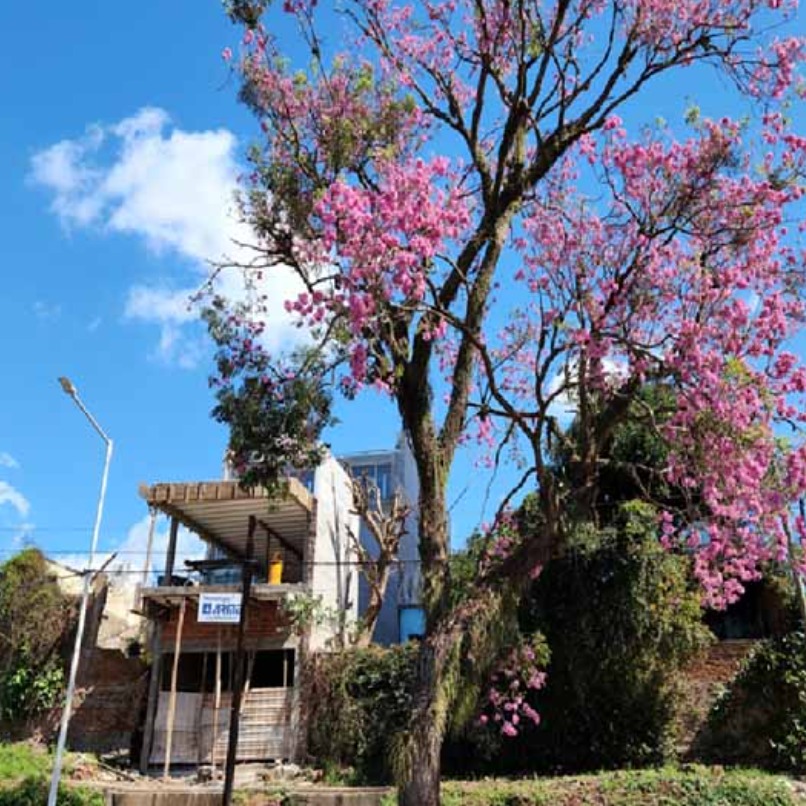 International Forest Week 2025 - The role of forests in food security and nutrition
International Forest Week 2025 - The role of forests in food security and nutrition
This Friday, March 21, 2025, at 5:00 p.m., in coincidence with International Forest Day, the College of Forestry Engineers of Misiones, together with neighbors and professionals in the sector will meet in Posadas to place the commemorative plaque, reaffirming the commitment to the preservation of this emblematic tree and its importance for the missionary ecosystem.








